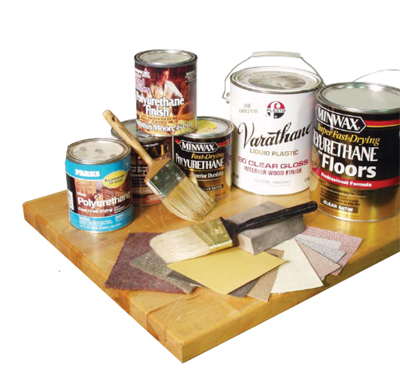We may receive a commission when you use our affiliate links. However, this does not impact our recommendations.
Q. I’ve used solvent-based polyurethane for years, and have always been careful to sand between coats. I have been told sanding isn’t necessary. Is that true?
A. Polyurethanes for floors or woodwork are often formulated so they don’t have to be sanded, but polyurethanes for furniture generally should be sanded.
Sanding removes unevenness and dust in a brushed surface. If you want a silky, smooth feel to your finish, you must sand between coats no matter what kind of poly
you use.
By abrading the surface, sanding also improves the mechanical bond between coats. Sanding scratches effectively increase the surface area, so one coat adheres better to another. Some kinds of polyurethane don’t need to be sanded to bond well,but only if you re-coat before the finish hardens too much. The window is usually about 12 hours. If you wait longer, you should always sand.
Here are some supplies and tools we find essential in our everyday work around the shop. We may receive a commission from sales referred by our links; however, we have carefully selected these products for their usefulness and quality.










